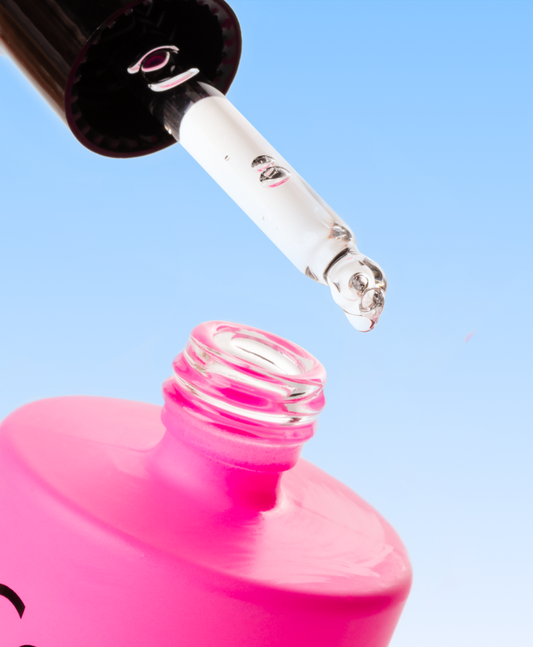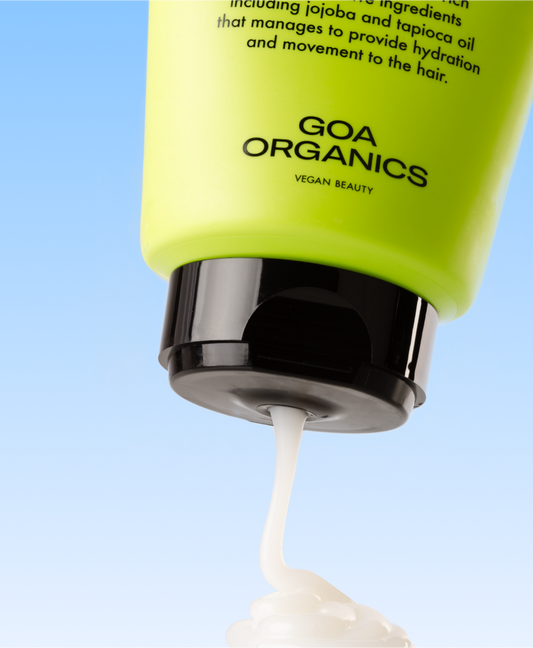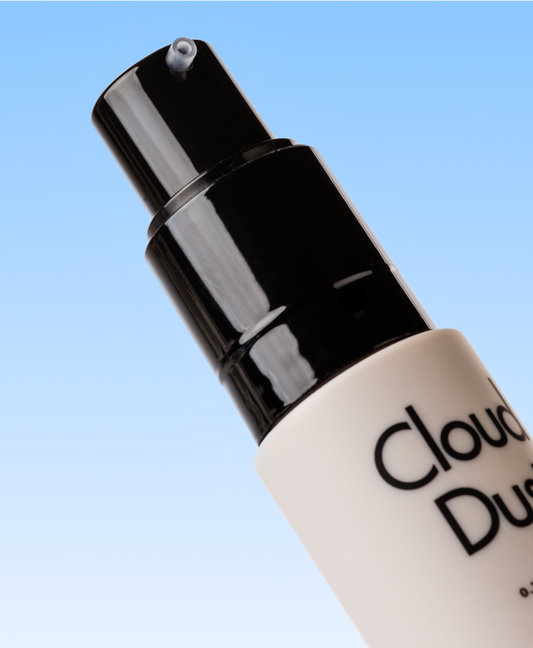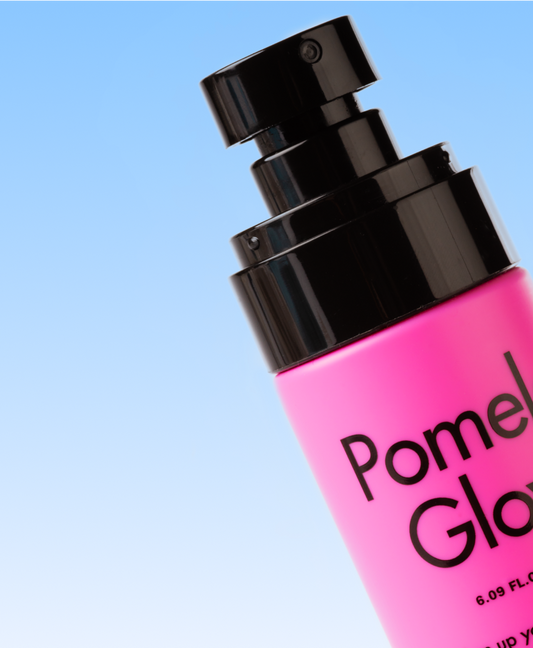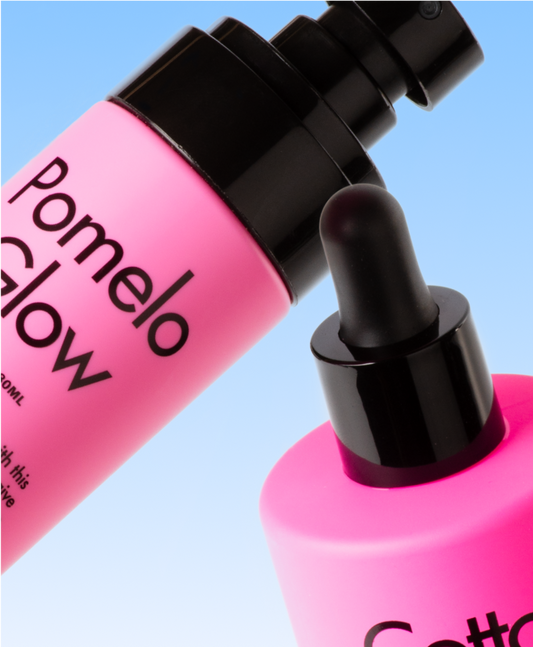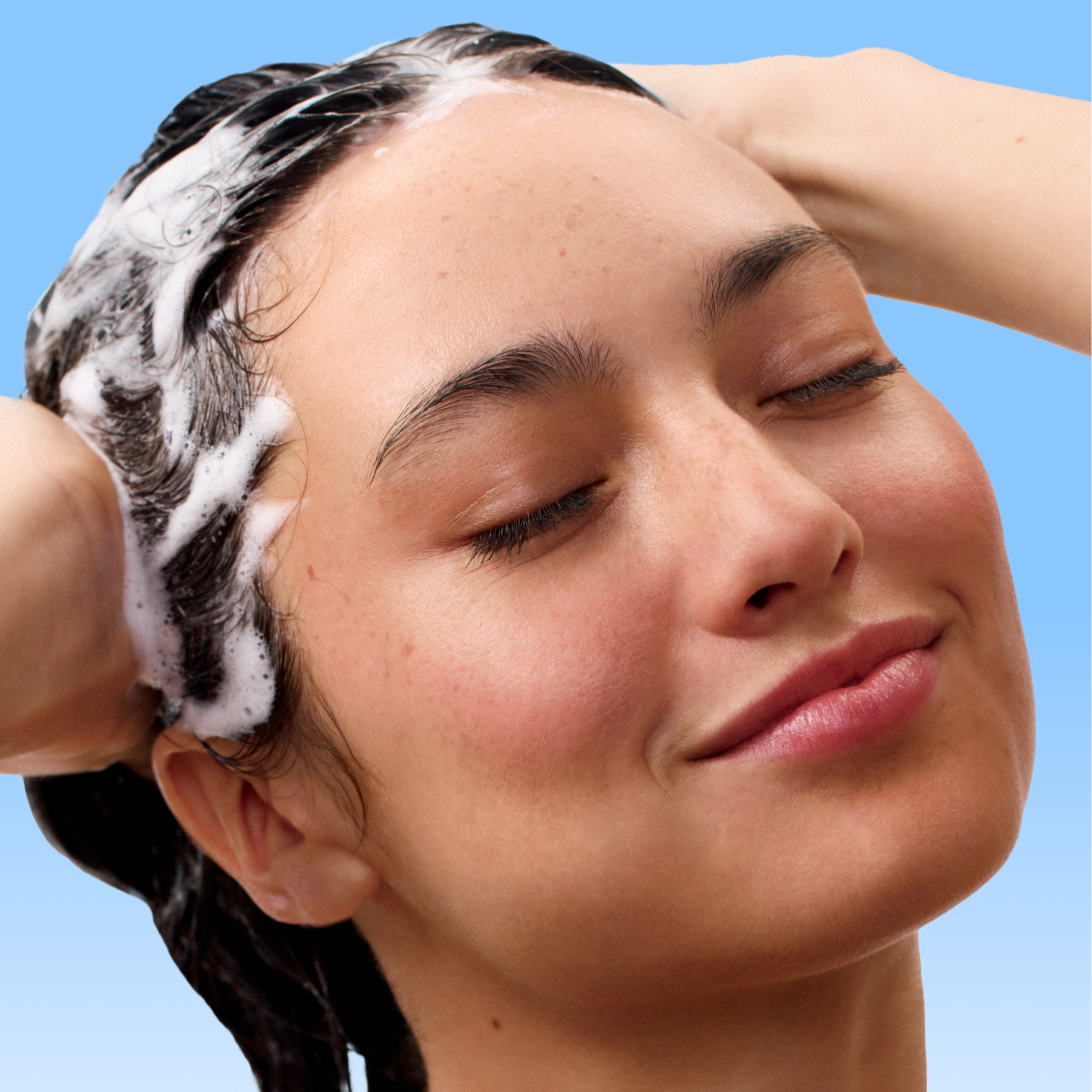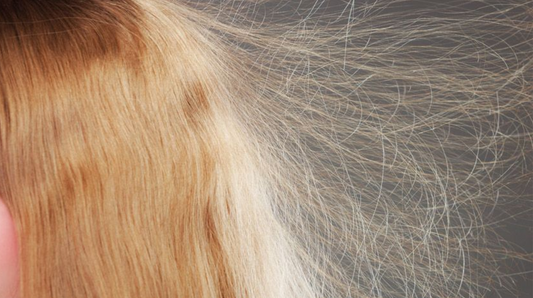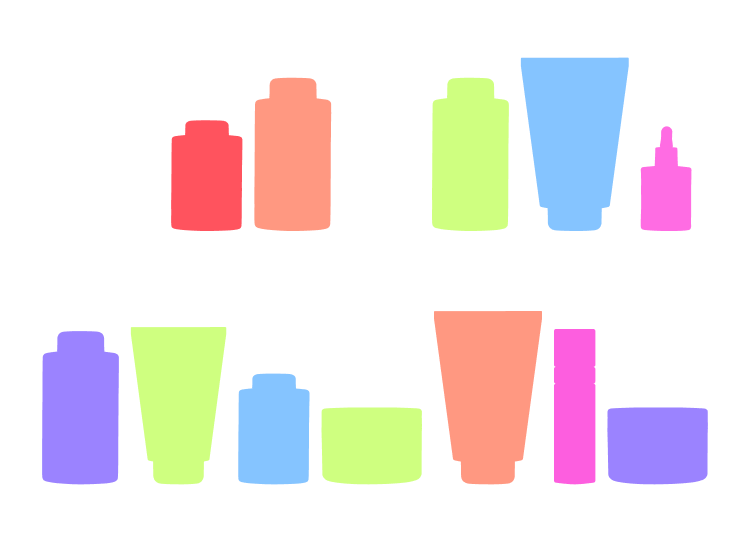Thick or thin hair? dry or greasy? porous or not? Knowing which team you're on is harder than choosing between team Jacob or team Edward in our teenage years. But, my friend, today is the day, and today we'll tell you all the tips you need to know to know your hair type in depth, so you can (almost) always get it right with the products in your hair routine.
Thin or thick hair?
Depending on the thickness, your hair can be fine, medium or thick, and this depends mainly on the diameter of the hair fiber, which usually varies between 40 and 120 µm, always being thicker in the root area. Now, to know what your hair is like, you just have to look closely, my friend, and it is something that we can distinguish with the naked eye.
- If when you pick up a hair, you realize that it is barely visible, and has virtually no texture, your hair is fine. In addition, this type of hair tends to dry super fast, is not heavy and has little body, and the hairstyle lasts very little time.
- If, on the other hand, the hair is very visible, has the thickness of a strand of thread (or more) and is quite textured, it will be medium to thick hair. These manes have much more volume, take ages to dry, tend to be more difficult to tame and are characterized by more frizz, and will hold their styles for days!
Dry, normal or oily hair
This is much easier, because dry, normal or greasy hair depends on nothing more or less than the production of sebum by the sebaceous glands at the root of the hair follicle. However, we must confess that this can vary, as other factors such as hormones, stress and diet influence this sebaceous secretion.
Be careful, because knowing which team you are in is key to choosing a hair routine according to your needs, and it is essential when choosing the right products such as shampoo or mask.
-
Greasy hair is characterized by excess sebum production. These lipids, despite having the function of protecting the hair fiber, in excess make the hair look greasy and dirty, and can even favor the appearance of oily dandruff.
Regulating Shampoo
Frequent use
- Normal hair has a balanced sebaceous secretion, and therefore does not look either too dry or too greasy, it's all on point!
Nourishing Shampoo

Frequent use
-
Dry hair has a lack of lipids, nutrition and hydration, so the hair fiber looks more dull and dull, and is much less protected, tending to break, besides having less ability to repel moisture, so it is the type of hair absolutely in favor of frizz. And, as if that weren't enough, having an overly dry scalp can lead to flaking, or so-called "dry dandruff".
Nourishing Shampoo
Frequent use
Hair porosity
Hair is porous by nature, i.e. it has the ability to absorb and retain moisture, and whether frizz (or frizziness) settles more or less in your mane depends on this level of porosity. In turn, this factor depends on the state of the cuticle, so that hair with a more damaged cuticle (by dyeing, bleaching, use of heat tools), will be more porous, while a virgin or healthy hair, will be less so.
- Hair with high porosity will be more hydrophilic, i.e. it will attract more water, so the hair fiber will swell and frizz, and will not be able to retain moisture.
- If the porosity is low, the fiber is generally more resistant and has a greater capacity to repel water from the environment, controlling frizz much better.
There is a very famous test that helps to know the degree of porosity of the hair, and it consists of:
- Pull out a hair (ouch!), or pick up a hair that has already fallen out, and put it in a glass of water at room temperature.
- Observe the behavior of this hair for a few minutes, and voila!
If the hair floats, it will have low porosity.
If it stays halfway, it has medium porosity.
If, on the other hand, it sinks, it will have a high porosity.
Bestie, no more excuses, now you can get to know your hair almost as well as your crush, and give it all the care it needs (and deserves).
Welcome to Operation Big Hair!
